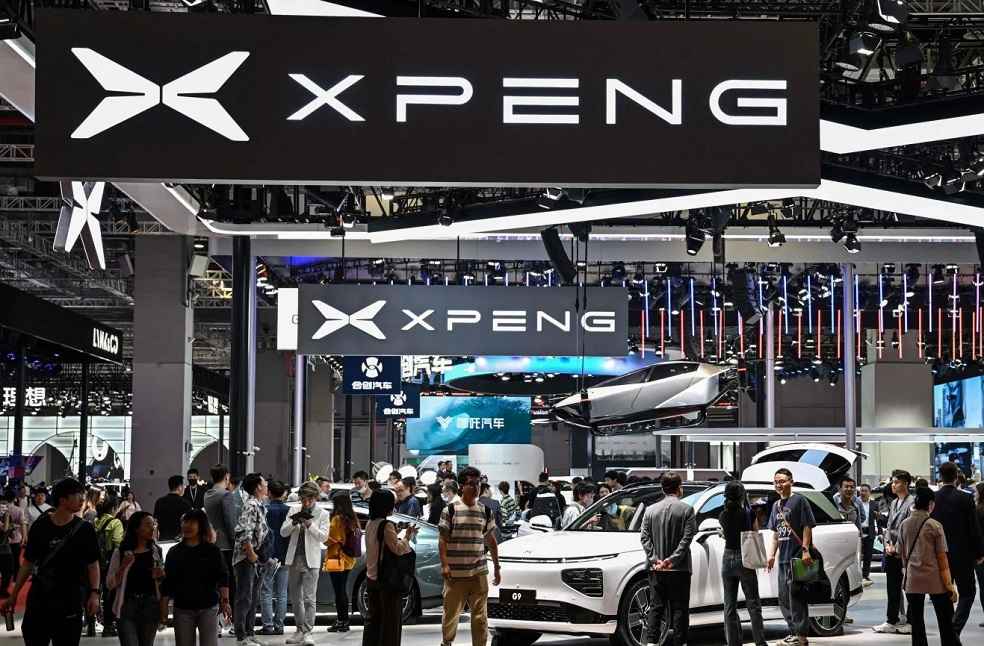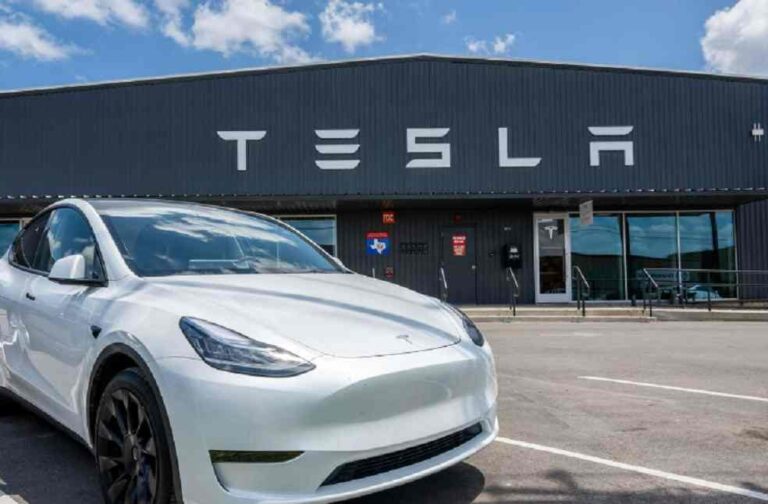Tesla’s position as the leader in the electric vehicle (EV) market is facing increasing pressure from rising competitors, particularly from China, signaling a shift in the global automotive landscape. Recent reports highlight troubling trends for Tesla in California, a key EV market, as brands like Xpeng continue to gain traction.
According to data from the California New Car Dealers Association (CNCDA), Tesla’s sales dropped by 11.6% in 2024, amounting to nearly 27,000 fewer vehicles sold. The company’s market share in California declined from 60% to 52.5%, while other electric vehicle brands saw a collective surge of 20% when excluding Tesla’s figures. This marks Tesla’s first annual market share decline in a decade, raising questions about its ability to adapt to evolving market dynamics.

Despite the decline, Tesla remains a dominant player in the global EV sector, with strong sales in the U.S., Europe, and China. However, its market share in the U.S. battery electric vehicle segment, once peaking at 50%, has now fallen to the mid-40% range. Industry analysts attribute this decline to intensifying competition from Chinese manufacturers offering more affordable EV options.
One of the most notable challengers is Xpeng, which has demonstrated impressive growth. The company reported deliveries of 30,350 units in January 2024, surpassing Li Auto for the first time since September 2022. Xpeng’s deliveries reflected an extraordinary 267.88% year-on-year increase, driven largely by the success of the Mona M03 model, which offers a cost-effective yet feature-rich alternative to Tesla’s Model 3.
Xpeng’s rapid rise is supported by its commitment to innovation and cost-efficient technology. The brand has pioneered a vision-only smart driving solution, eliminating the need for costly LiDAR systems. This approach not only enhances the capabilities of its vehicles but also simplifies production, reinforcing Xpeng’s competitive edge in an expanding EV market.

Meanwhile, Tesla faces multiple challenges as it seeks to maintain its market position. A key concern is whether it can reclaim lost ground amid growing competition. California’s pro-EV policies play a crucial role, with state incentives influencing consumer adoption. Any reduction in these incentives could further impact Tesla’s ability to recover in the market.
Looking ahead, Tesla’s plans for 2025 suggest a strategic shift toward affordability and expansion. The anticipated launch of a $25,000 model is expected to broaden its customer base and drive renewed growth. However, the company must also navigate uncertainties such as fluctuating federal tax credits, increased competition from rivals like Ford, Rivian, and Lucid, and the challenges of ambitious projects such as driverless robotaxis and the Optimus humanoid robot.
With Chinese manufacturers like Xpeng pushing the boundaries of EV technology and affordability, Tesla must prioritize innovation to sustain its leadership. The growing popularity of EV brands with diverse features and sustainable solutions presents a significant challenge to Tesla’s dominance.
NEW LAUNCH | Hyundai, Kia Team Up with Kolon for Next-Gen Eco Car Materials





